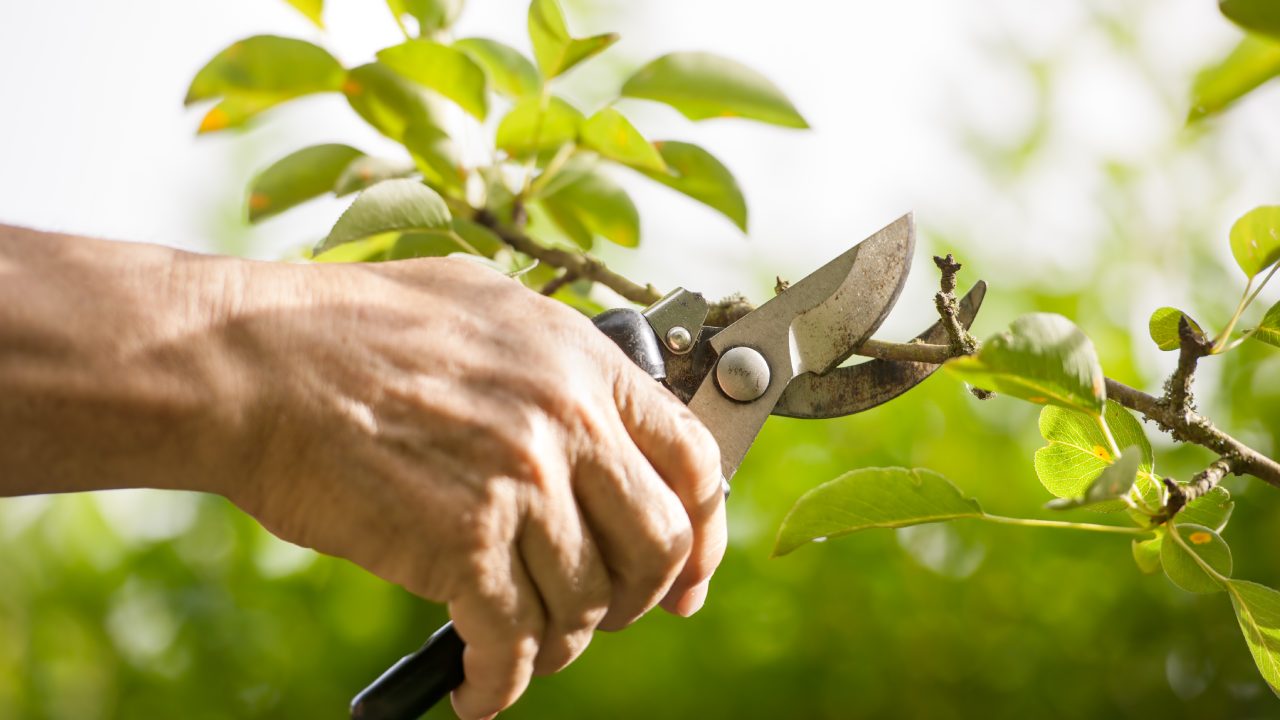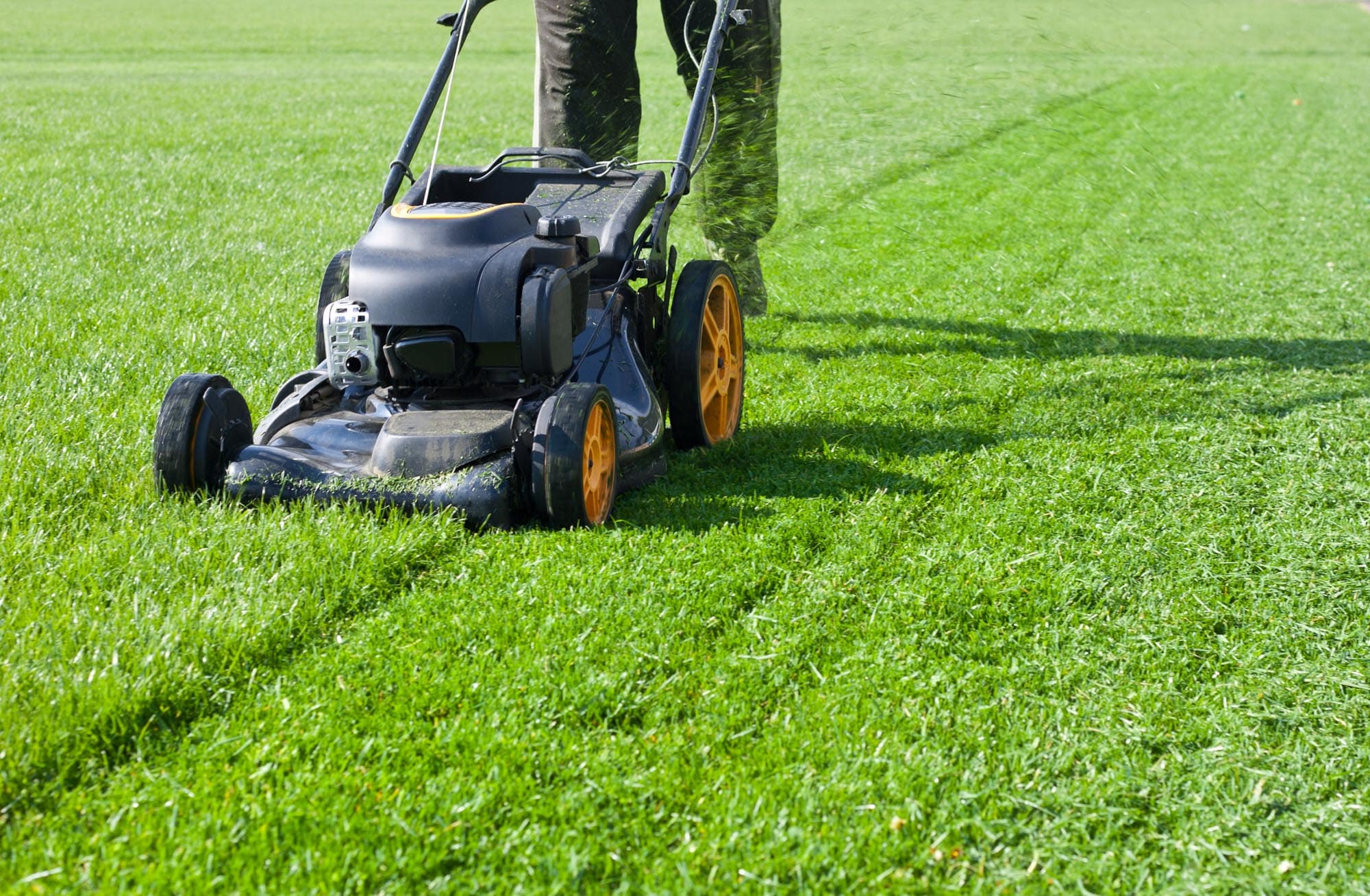As bushfire seasons here in Australia become increasingly unpredictable and destructive, it becomes crucial to take proactive measures to safeguard your home and property. Preparing trees is a vital part of creating a defense against potential wildfires. Here, we look at some essential steps for wildfire tree preparation to help minimize the risk of damage.
1. Arborist inspections
Call your local arborist and arrange to have them perform a complete inspection of the trees on your property. The arborist will highlight potential threats, identify dead or at-risk trees, as well as branches that need to be pruned, and determine what the best course of action is to minimize the risk of bushfires. Your arborist will also spot any trees that are diseased, pest-infested, or structurally weak. Schedule regular inspections to stay on top of your tree maintenance.
2. Regular tree pruning and maintenance
Regular pruning is essential to prevent the risk of fire. Be sure to prune branches that overhang the roof or are near power lines, as they can provide easy paths for fire to reach your home. Periodically remove dead or dying branches, as they can fuel the fire. You may also want to thin the canopy of your trees. If you have trees very close to your home, depending on their size and density, you may wish to remove or relocate them. Ask your arborist for advice.
3. Remove dead trees
Dead trees on your property are like fuel for a wildfire. Have dead trees removed without delay, not only because of the risk of wildfires but also because they pose a general risk to other weather events or strong winds?
4. Choose fire-resistant trees
When selecting trees, opting for fire-resistant species is a great idea. Some tree species, such as eucalyptus, are more flammable than others, so whenever possible, opt for more fire-resistant hardwood species.
5. Clean, save, and be brief
Complete cleaning your garden, gutters, roof, downspouts, and drains. Remove all debris, such as leaves, branches, grass clippings, sticks, and bark.
Keep the area around your home free of flammable materials such as firewood, mulch, cardboard and paper.
Store flammable liquids in non-combustible containers whenever possible and store them as far away from your home.
Keep grass short and clean, as fire can quickly sweep through tall grass and spread quickly.
6. water
Moist soils and well-hydrated trees will be more resistant to fire. Be sure to water your trees, especially during arid periods properly.
7. Firewall A firebreak or green belt can help slow or even stop a wildfire. A firebreak is a gap or “cut” in the vegetation that basically acts as a barrier against a forest fire. It is especially recommended if your property is located behind a bush or in an area with many trees. The firewall must be large enough to be effective, so if you are unsure, you can ask your local fire station for professional advice.




